Caribbean Red Habanero F1 Pepper seeds
₦24,000.00
19 people are viewing this product right now
🔥 4 items sold in last 3 hours
Caribbean Red pepper plants (Capsicum chinense “Caribbean Red”), an incredibly fiery rendition of the habanero pepper. You can without much of a stretch develop this sort of plant in even a little nursery, yet take alert; wear elastic gloves and a veil while taking care of the products of this firework and use it sparingly while cooking.
Buy more save more!
Buy from 5 to ∞ items and get 5% OFF
on each productCaribbean Red Habanero F1 Pepper seeds
Caribbean Red Habanero F1 Pepper seeds (Capsicum chinense “Caribbean Red”), an incredibly fiery rendition of the habanero pepper. You can without much of a stretch develop this sort of plant in even a little nursery, yet take alert; wear elastic gloves and a veil while taking care of the products of this firework and use it sparingly while cooking.
ID Of Quality Seeds
Caribbean Red Habanero F1 Pepper seeds develop as little shrubs with upstanding stems. They highlight distinctive green, ovular leaves with directed tips and fledgling two toward six five-petaled blossoms per stem, normally in white, yellow, light green or purple tones. Products of the Caribbean Red pepper plant develop around 1 to 2 inches long, highlighting wrinkly, radiant red skin and a light or chime like shape.
Climate
Simple to-develop Caribbean Red pepper plants flourish in all environment zones as a yearly. These peppers favor full daylight openness, warm temperatures — around 70 degrees Fahrenheit during the day and 60 degrees around evening time — and very much depleted soil. They endure acidic soil, thriving in the pH scope of 6.0 to 6.8, however don’t endure ice.
Care
Plant peppers 2 feet from each other in the pouring season, with soil temperatures kept at around 80 degrees Fahrenheit. The Caribbean Red flourishes in clammy, however not waterlogged, soil. This plant takes well to blood feast, fish emulsion, poultry excrement and steer compost manures, as well as water-solvent vegetable plant food and 5-10-5 general-use manure.
Development Habits
This quickly developing shrubbery produces palatable organic products inside around 80 to 100 days of planting. Caribbean habanero pepper plants prove to be fruitful in overflow. Natural products might be collected at the youthful green stage or the completely matured red stage. With legitimate consideration, the Caribbean Red pepper plant arrives at mature levels of around 30 inches and widths of around 15 inches.
Possible Problems
Aphids, pepper weevils, and whiteflies assault the Caribbean Red pepper, however, a solid hosing commonly takes out these vermin. Bacterial spot and climbing cutworms might influence Caribbean Red pepper plants — very much depleted soil and paper chamber collars forestall these burdens. Insufficient foliage might cause sunscald while an absence of soil calcium or dampness prompts bloom-end decay. If smokers handle the plant without cleaning up, Caribbean Red peppers might succumb to the tobacco mosaic infection. source.
Frequently Asked Questions (FAQs) for Caribbean Red Habanero F1 Pepper Seeds
How hot are Caribbean Red Habanero peppers?
Caribbean Red Habanero peppers are incredibly fiery, reaching a Scoville scale rating of around 215,000. Wear gloves and a mask when handling them!
Can I grow Caribbean Red Habanero peppers in my climate?
These peppers thrive in warm temperatures (around 70°F days and 60°F nights) with full sun exposure. They tolerate slightly acidic soil (pH 6.0-6.8) but cannot withstand frost.
How do I care for Caribbean Red Habanero pepper plants?
- Plant them 2 feet apart in well-drained soil with a temperature of around 80°F.
- Keep the soil moist but not waterlogged.
- Fertilize with balanced fertilizer or organic options like blood meal, fish emulsion, or compost.
How long does it take to harvest Caribbean Red Habanero peppers?
These fast-growing plants produce peppers in about 80-100 days from planting. You can pick them when green or wait until they mature to a vibrant red.
What are some common problems with Caribbean Red Habanero peppers?
- Pests: Aphids, pepper weevils, and whiteflies can be deterred with a strong hose spray.
- Diseases: Bacterial spots and climbing cutworms can be prevented with well-drained soil and row covers.
- Sunburn: Insufficient foliage can lead to sunscald.
- Blossom end rot: Lack of soil calcium or moisture can cause this issue.
- Tobacco mosaic virus: Smoking near plants can transmit this disease.
Only logged in customers who have purchased this product may leave a review.
Related products
₦95,000.00 Original price was: ₦95,000.00.₦10,000.00Current price is: ₦10,000.00.

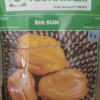
₦6,000.00

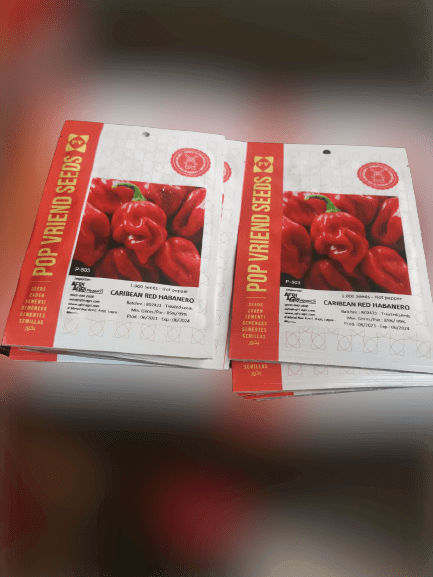

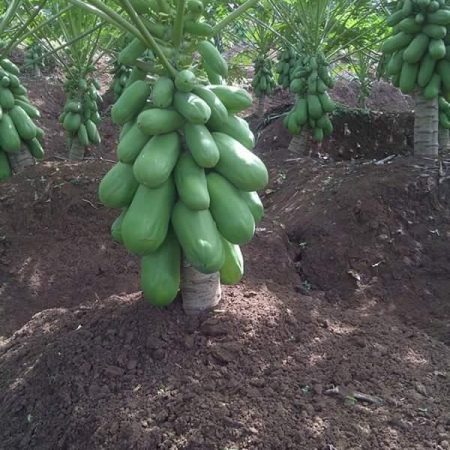
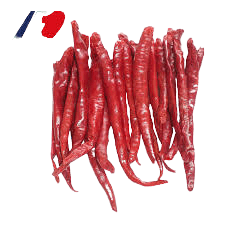
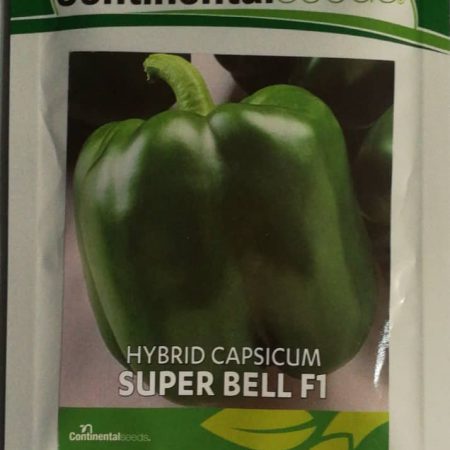
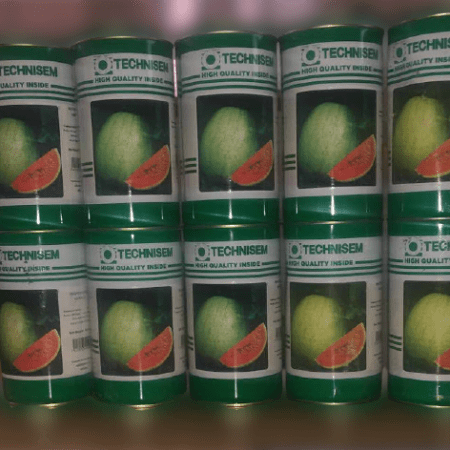
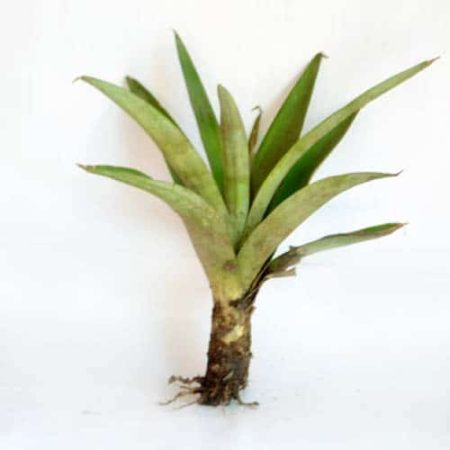
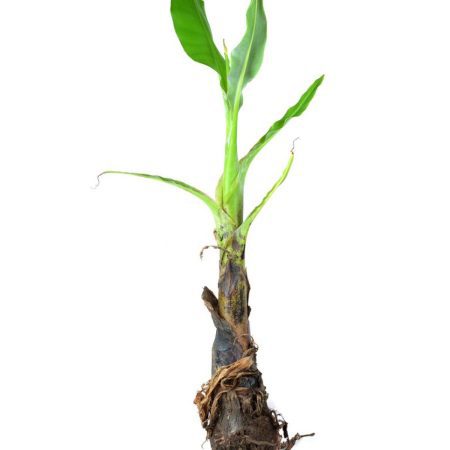
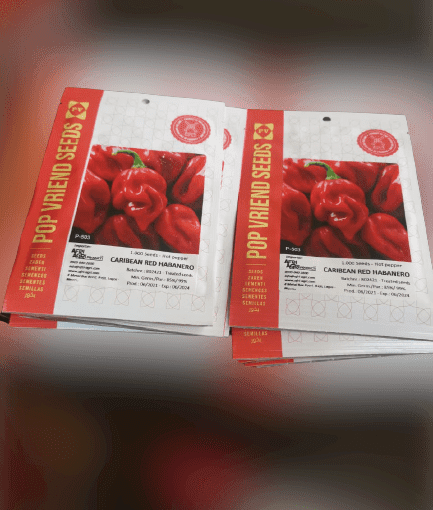
Reviews
There are no reviews yet.